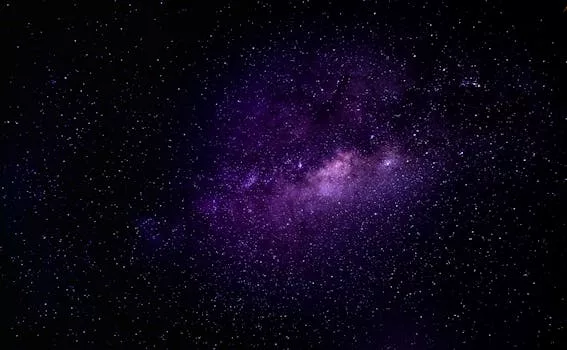
“
Introduction to Beyond the Milky Way: Imagining New Worlds and Possibilities
Focus Keyword: Beyond the Milky Way. The Milky Way is just one of the billions of galaxies in the observable universe, and yet, it is still a mystery to us. As we continue to explore and understand our own galaxy, we are also drawn to the possibility of other worlds and civilizations beyond our own. The idea of exploring new worlds and discovering new possibilities is a tantalizing one, and it has captured the imagination of scientists, science fiction writers, and the general public alike.
Section 1: The Search for New Worlds
The search for new worlds is an ongoing endeavor, with scientists using a variety of methods to detect and study exoplanets. These methods include the transit method, which involves measuring the dimming of a star’s light as a planet passes in front of it, and the radial velocity method, which involves measuring the star’s wobbling motion caused by the gravitational pull of an orbiting planet. So far, thousands of exoplanets have been discovered, and many of these planets are believed to be located in the habitable zones of their respective stars, where conditions are suitable for life as we know it. For more insights on the imaginative side of exploration, check out Galaxies of Dreams.
Exoplanet Detection Methods
- Transit Method: Measures the dimming of a star’s light as a planet passes in front of it.
- Radial Velocity Method: Measures the star’s wobbling motion caused by the gravitational pull of an orbiting planet.
- Direct Imaging: Uses powerful telescopes and advanced imaging techniques to directly observe exoplanets.
Section 2: The Possibilities of New Worlds
The discovery of exoplanets has opened up new possibilities for the search for life beyond Earth. While we have yet to find definitive evidence of extraterrestrial life, the possibility of life existing on other planets is considered to be quite high by many scientists. The discovery of exoplanets with conditions similar to those of Earth has also raised the possibility of humans one day colonizing other planets, either to ensure the survival of our species or to expand our presence in the universe. To explore the implications of such advancements, consider reading about The Convergence of AI and Wearables.
Possible Scenarios for New Worlds
- Earth-like Planets: Planets with conditions similar to those of Earth, which could potentially support life.
- Gas Giants: Planets composed primarily of gas, which could potentially have moons with conditions suitable for life.
- Ice Giants: Planets composed primarily of ice, which could potentially have subsurface oceans with conditions suitable for life.
Section 3: Imagining New Worlds and Civilizations
The possibility of new worlds and civilizations beyond our own has also captured the imagination of science fiction writers and artists. From the futuristic cities of Star Trek to the alien landscapes of Star Wars, science fiction has long been a source of inspiration for our collective imagination. As we continue to explore and understand the universe, we are also forced to confront the possibility of our own place within it, and the potential consequences of encountering other intelligent life forms.
Science Fiction and the Imagination
- Star Trek: A futuristic universe where humanity has colonized other planets and formed a galactic government.
- Star Wars: A galaxy far, far away, where alien species and planets are embroiled in a struggle between good and evil.
- Blade Runner: A dystopian future where humanity has created artificial life forms, raising questions about the nature of humanity and existence.
Section 4: Conclusion and Takeaways
In conclusion, the idea of exploring new worlds and discovering new possibilities is a complex and multifaceted one, with implications for our understanding of the universe and our place within it. As we continue to explore and understand the universe, we are also forced to confront the possibility of our own place within it, and the potential consequences of encountering other intelligent life forms.
Takeaways:
- The search for new worlds is an ongoing endeavor, with scientists using a variety of methods to detect and study exoplanets.
- The discovery of exoplanets has opened up new possibilities for the search for life beyond Earth.
- The possibility of new worlds and civilizations beyond our own has captured the imagination of scientists, science fiction writers, and the general public alike.


